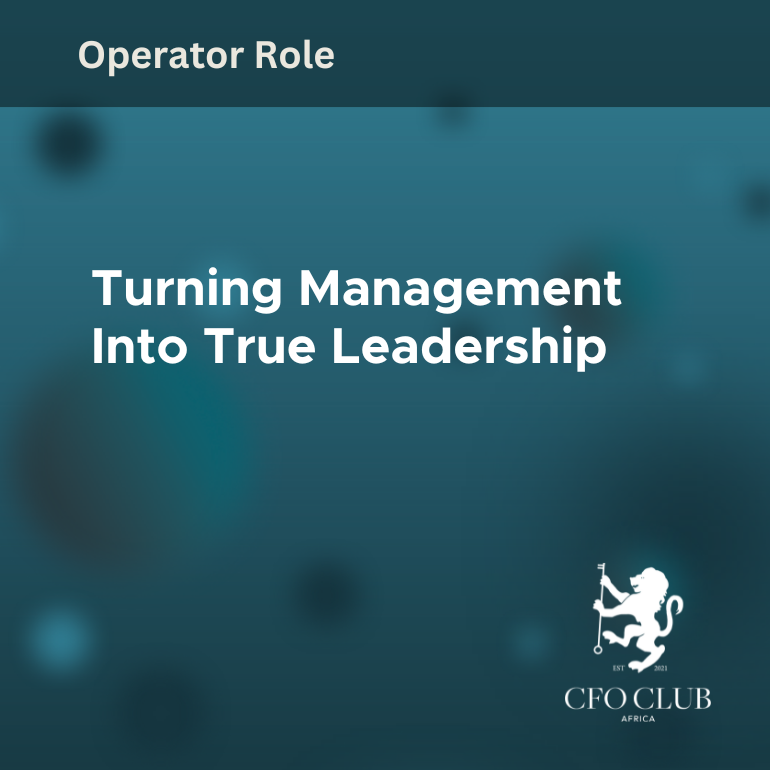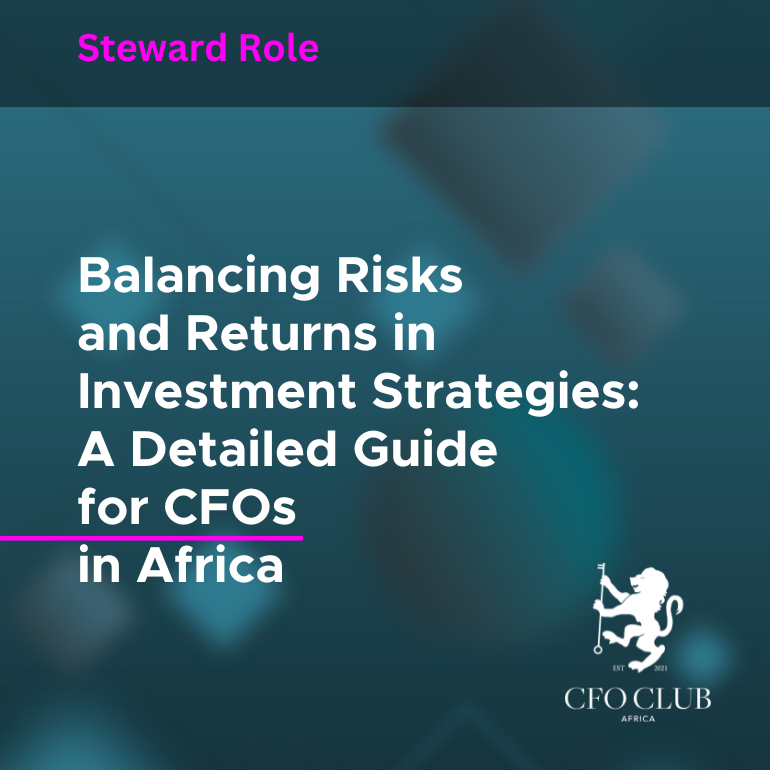Pipeline Dreams, Paperwork Nightmares, and Profit: A Guide to Gas, Governance, and Growth
Pipeline Dreams, Paperwork Nightmares, and Profit: A Guide to Gas, Governance, and Growth
The scene is familiar. You are in the boardroom, coffee in hand, when the CEO announces: “We’re considering investing in a gas infrastructure project.” The room buzzes. Executives talk about energy security, sustainability, and beating load-shedding. Then silence, because everyone turns to you, the CFO.
This is no ordinary investment decision. Gas infrastructure comes with staggering price tags, strict regulatory hurdles, and long-term obligations that stretch well beyond quarterly earnings. And yet, it also offers some of the best growth opportunities South African companies have seen in decades.
The question is not whether your organisation should get involved. The question is: can you manage the governance, compliance, and capital requirements while still unlocking growth?
Why Gas Is More Than Just Hot Air
South Africa’s energy instability has pushed natural gas to the centre of strategy discussions. Gas offers cleaner emissions than coal, a strong partner for renewables, and can stabilise industries battered by unreliable electricity. But the technical reality is this:
- Infrastructure scale: Pipelines and storage facilities run into billions of rand and span multiple provinces and communities.
- Regulatory depth: Projects require compliance with the National Energy Regulator of South Africa (NERSA), environmental legislation (NEMA), safety standards, and often municipal bylaws.
- Financing complexity: Long-term debt, equity partnerships, and state involvement must be structured carefully to avoid liquidity risks.
For CFOs, this is not just another capex line item. It is a governance puzzle wrapped inside a growth opportunity.
Governance: Not Just Box-Ticking
The governance aspect of gas infrastructure is where projects live or die. You may not be the one filing environmental impact assessments, but you are the one signing off on the money. Governance translates directly into financial exposure.
- Permitting delays = cost overruns: Every month lost to approval backlogs increases interest, holding, and contractor costs.
- Non-compliance = financial penalties: South African regulators have broad powers to fine or even shut down non-compliant projects.
- Disclosure requirements = investor trust: Boards and lenders now expect ESG disclosures tied to infrastructure spending. If your reports are weak, your capital raising will be too.
In practice, this means CFOs must insist on embedding governance into financial models from the start. That means adding compliance milestones into cash flow forecasts, stress-testing against regulatory delays, and modelling penalty scenarios.
Financing the Fire (Without Getting Burned)
Energy infrastructure projects eat capital. The financing mix is one of the most technical but strategic decisions a CFO will make. Typical approaches include:
- Project finance structures: Ring-fenced entities where lenders are repaid only from project cash flows.
- Public–private partnerships (PPPs): Where government incentives, grants, or guarantees lower the risk for private investors.
- Blended finance: Combining development finance institution (DFI) funding with commercial bank lending.
- Tax incentives: Section 12BA of the Income Tax Act currently allows businesses to claim a 125% upfront deduction on renewable and certain energy investments. Missing this could cost millions in savings.
The CFO’s job is to weigh these against risk appetite, cost of capital, and the organisation’s balance sheet strength.
Risk: Not Just Numbers in a Model
CFOs already speak the language of risk, but gas infrastructure stretches the vocabulary:
- Commodity price risk: If global gas prices tumble, long-term projects may struggle to meet return targets.
- Regulatory risk: Future changes in carbon tax or safety laws can add unexpected costs.
- Operational risk: Construction delays, corruption in procurement, or supplier failure can derail timelines.
- Community risk: Opposition from local groups can stall or even sink a project.
Your toolkit here is familiar — scenario planning, sensitivity analysis, and stress testing — but the stakes are amplified. A small variance in assumptions can mean billions over a 20-year horizon.
Turning Governance into Growth
The smart CFO knows that governance does not have to be a drag. It can be the enabler of growth. Here’s how:
- Transparency builds trust: Investors are more willing to fund when reporting shows clear governance structures.
- Compliance earns incentives: Staying aligned with environmental and social commitments keeps doors open to international funding.
- Good governance = faster approvals: Regulators respond quicker to companies that demonstrate reliability and consistency.
Instead of treating compliance as an afterthought, CFOs can frame it as the “passport” to sustainable expansion.
Practical CFO Playbook
Here are tangible steps CFOs can take right now:
1. Integrate compliance into forecasts: Build approval timelines, penalties, and monitoring costs directly into models.
2. Map financing options: Compare PPP, project finance, and blended structures against your organisation’s risk appetite.
3. Upgrade reporting systems: Capture ESG, governance, and compliance data alongside financial results.
4. Establish multidisciplinary teams: Finance, legal, technical, and community engagement should all feed into board reports.
5. Stay plugged into policy shifts: Regulatory landscapes in energy change fast. CFOs need a forward radar, not just rear-view reporting.
Final Word
Gas, governance, and growth may sound like buzzwords, but for CFOs they are deeply practical. You are the one asked to sign off the financing, reassure regulators, and prove to shareholders that bold strategies rest on solid governance.
Handled poorly, gas projects are paperwork nightmares with massive financial risks. Handled well, they are growth engines that provide both stability and opportunity.
So, when the boardroom goes quiet and all eyes turn to you, remember: the numbers are just the start. Governance, compliance, and long-term strategy are where the real CFO value lies.





